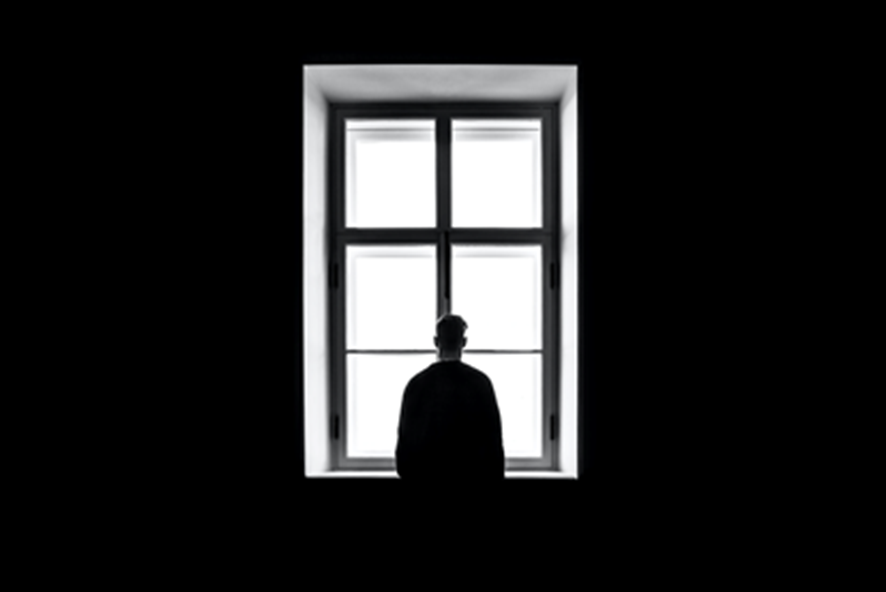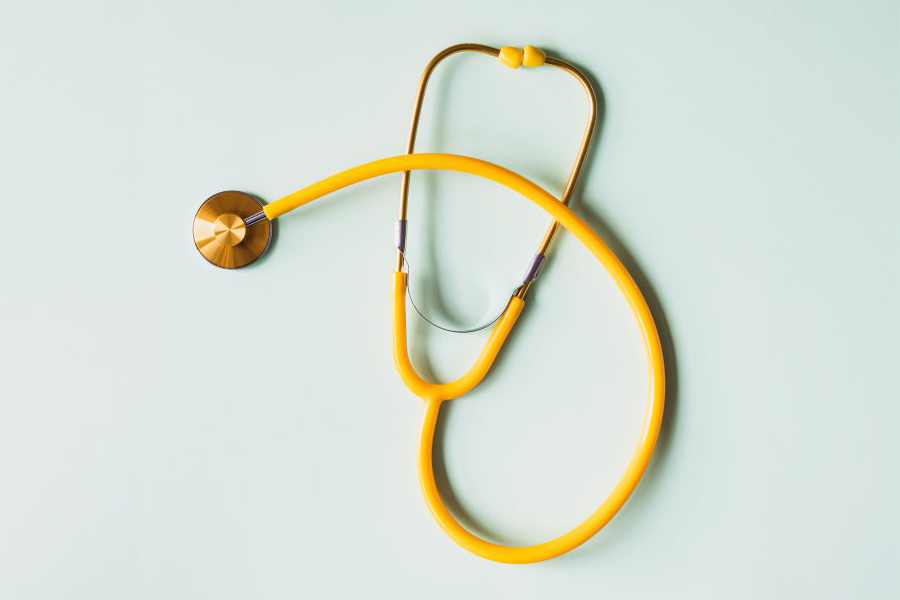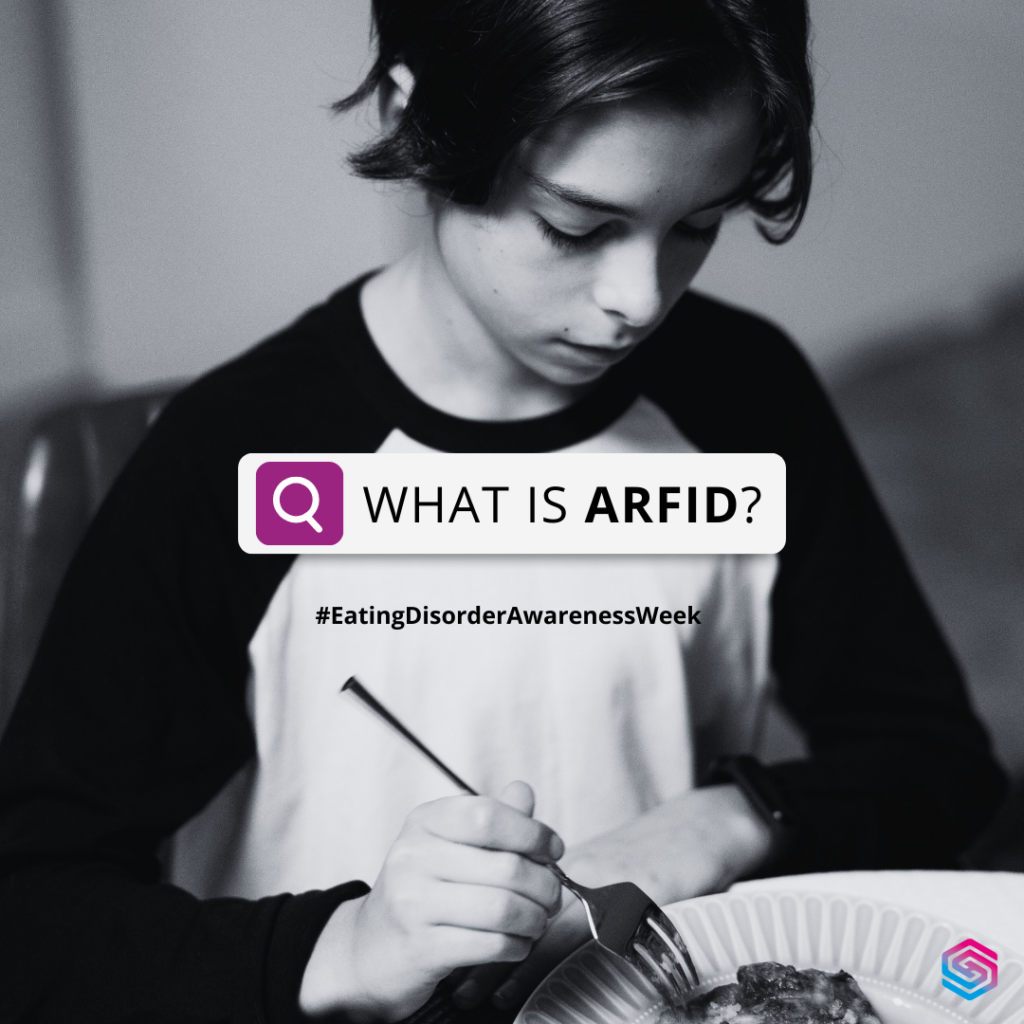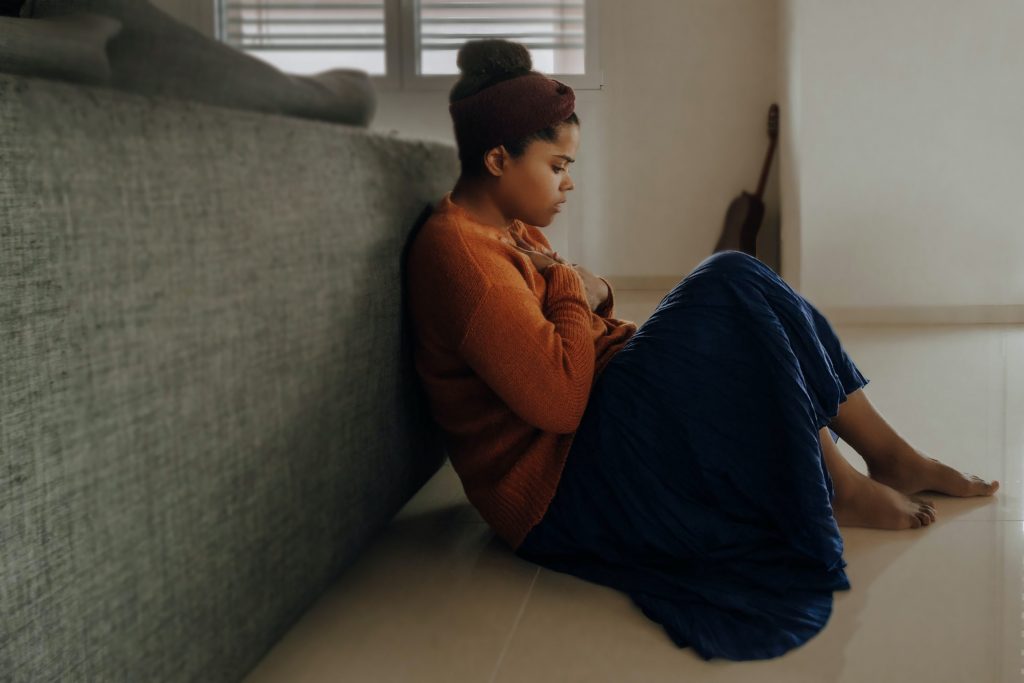During the winter months, it can be challenging not to fall into a slump. The nights are long and cold weather can take a real toll on your mood. Unlike the warmer seasons, it can be difficult to get outside and meet with friends. Lots of people can feel quite depressed in winter and the medical term for this is seasonal affective disorder (SAD.) (1)
SAD is more often known as the winter blues, due to the symptoms being much more prominent during the winter. Although the exact cause of SAD has not been identified, studies have found a strong link with it and the lack of exposure to sunlight.
Sunlight plays a role in our daily lives by influencing two essential chemicals, melatonin and serotonin. Both melatonin and serotonin are present in our bodies and help regulate the functions of our brain and body.
Melatonin and Serotonin
Melatonin is a hormone that gets released from the pineal gland in our brains at night. The hormone has been associated with our natural body clock and sleep schedule. Serotonin is a neurotransmitter that affects the messages sent between nerve cells throughout our body. It has been strongly linked to our appetite and mood.
Together, these two compounds work to balance each other. The best way to think of them is as day and night compounds. Serotonin functions as the ‘day’ neurotransmitter. When the sunlight from the morning reaches you, your body starts to convert melatonin into serotonin. Serotonin helps to keep our moods balanced and prevents the sluggish feeling that keeps us from getting up. Melatonin is the ‘night’ compound. When it gets dark, your pineal gland kicks in, starts producing melatonin and helps you feel ready for bed.
According to scientists, problems can crop up around the way the body responds to daylight. Suppose your brain does not get the signal to convert the melatonin back to serotonin in the mornings. In that case, you may end up with a serotonin imbalance. This lowered serotonin may be what causes the low mood and tiredness that we have come to associate with winter. Alison Kerry, from the mental health charity MIND has stated: “With SAD, one theory is that light entering the eye causes changes in hormone levels in the body. In our bodies, light works to halt the production of melatonin, making us wake up.

Bright-Light Treatment
For anybody frequently feeling blue this winter, there is a wide range of treatment options available. One of the most common treatments in use is blue-light therapy. Blue light therapy gets the name from the blue light ordinarily present in the sun’s rays. Specially-made lights compensate for the lack of natural blue-light in the darker season. When the days are dark and the nights are long, special lights that mimic the sun can help your body convert melatonin back to serotonin. (2)
“It can really enable people with SAD to get their day started earlier and avoid oversleeping, which can be very deppressogenic (leads to depression.) It’s probably effective in providing symptom relief in around 80% of patients” Levitan claims.
Light therapy may be a valuable tool for everybody who finds the winter months cramping their emotional well-being. If you would like to know more about how seasonal affective disorder works, you can read more at https://www.nhs.uk/conditions/seasonal-affective-disorder-sad/
References
- NHS Choices (2021). Overview – Seasonal affective disorder (SAD). [online] Available at: https://www.nhs.uk/conditions/seasonal-affective-disorder-sad/ [Accessed 29 Jan. 2021].
2. Moss, S., Chitra Ramaswamy and Jonze, T. (2016). Therapy lamps tested: “The optical equivalent of freezing cold shower.” [online] the Guardian. Available at: https://www.theguardian.com/lifeandstyle/2016/nov/01/light-therapy-lamps-tested-alarms [Accessed 29 Jan. 2021].








